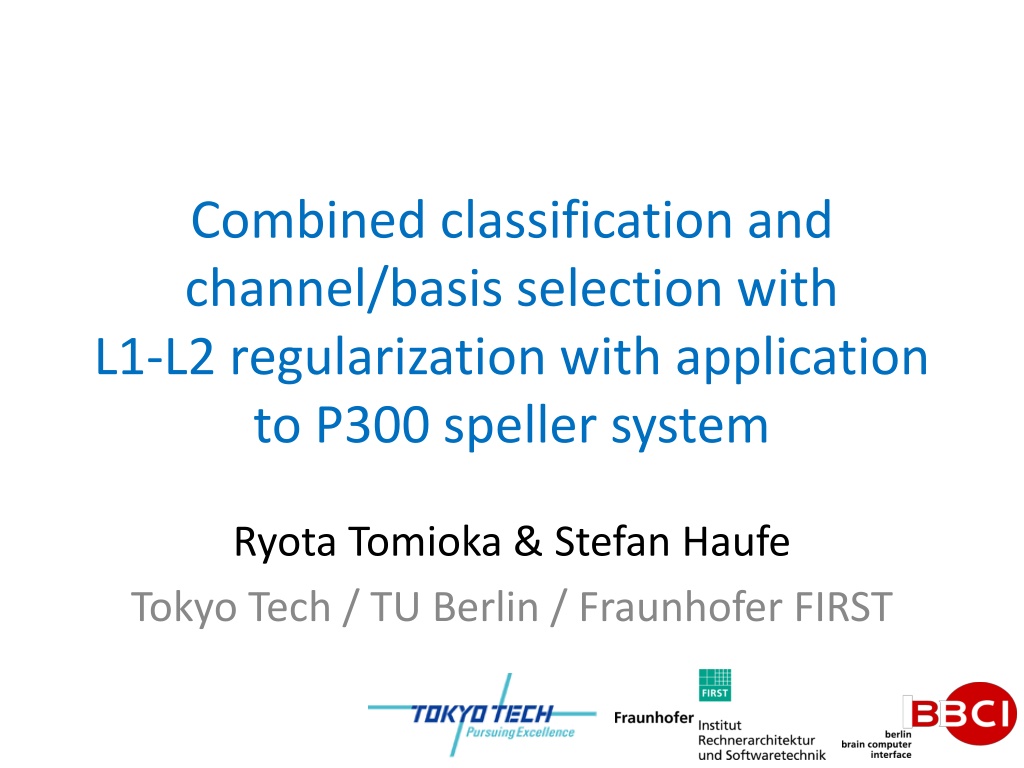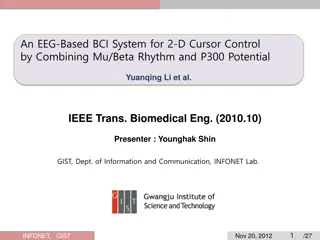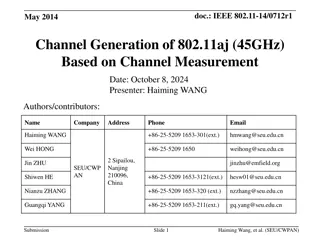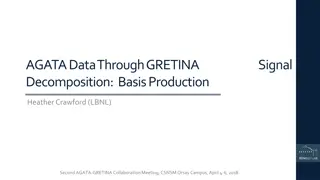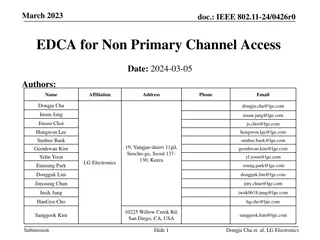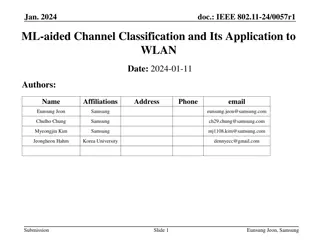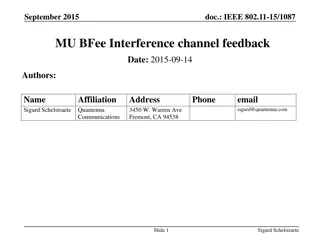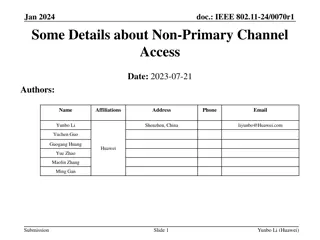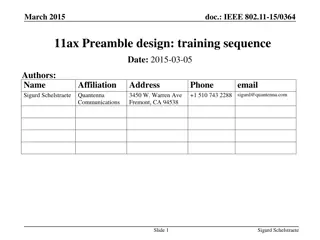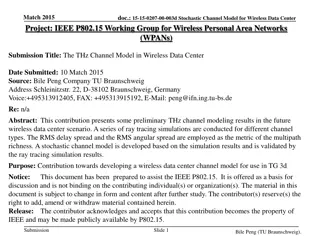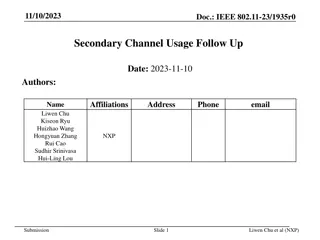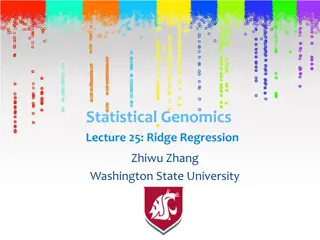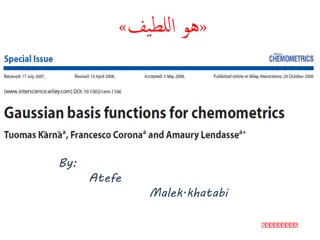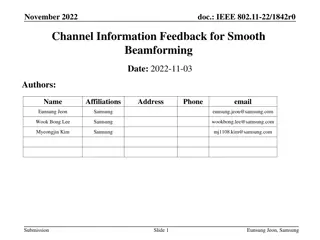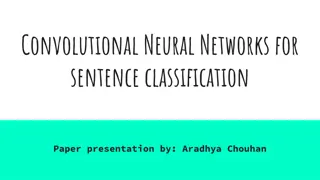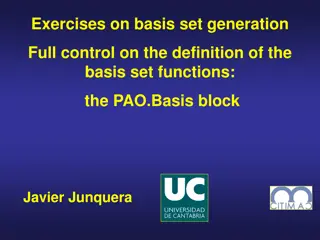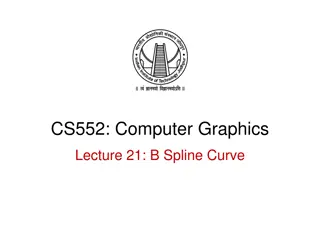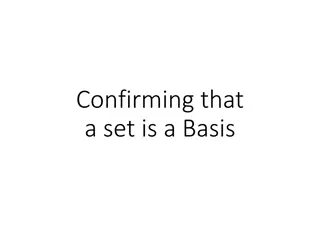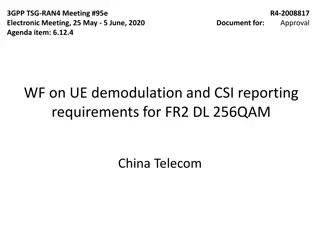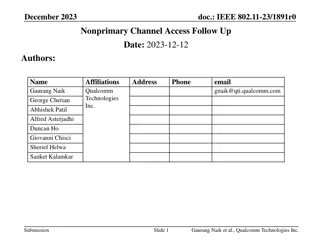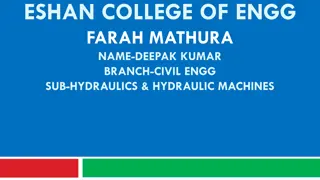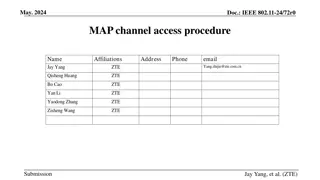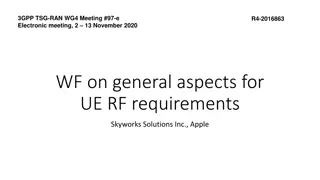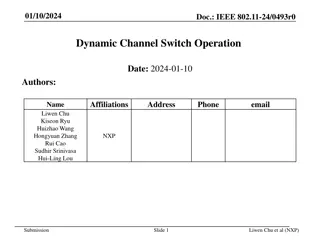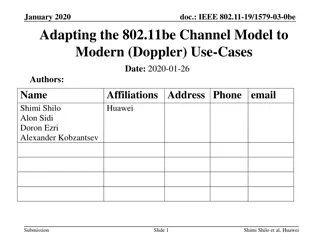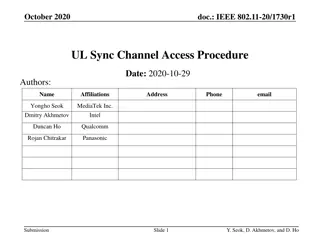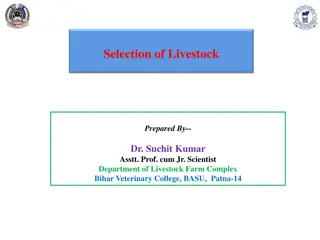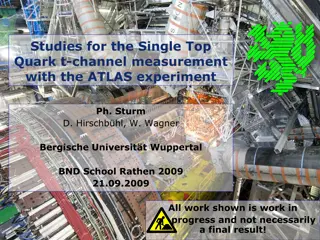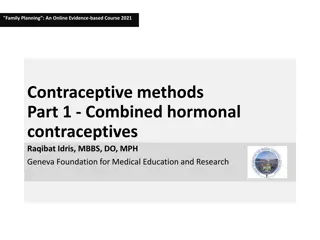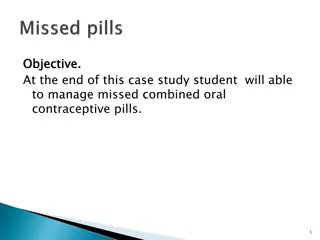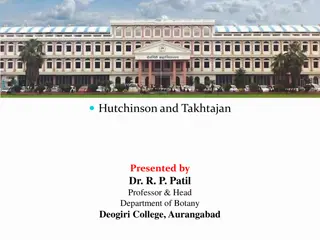Combined Classification and Channel Basis Selection with L1-L2 Regularization for P300 Speller System
This study presents a method that combines classification and channel basis selection using L1-L2 regularization for the P300 Speller System. The approach involves EEG signal processing, feature extraction, P300 detection, and character decoding. The proposed method aims to improve decoding accuracy and efficiency in brain-computer interface applications.
Download Presentation

Please find below an Image/Link to download the presentation.
The content on the website is provided AS IS for your information and personal use only. It may not be sold, licensed, or shared on other websites without obtaining consent from the author. Download presentation by click this link. If you encounter any issues during the download, it is possible that the publisher has removed the file from their server.
E N D
Presentation Transcript
Combined classification and channel/basis selection with L1-L2 regularization with application to P300 speller system Ryota Tomioka & Stefan Haufe Tokyo Tech / TU Berlin / Fraunhofer FIRST
P300 speller system Evoked Response Farwell & Donchin 1988
P300 speller system A B C D E F G H I M N O P Q R S T U V W X Y Z 1 2 3 4 5 6 7 8 9 J K L ER detected! _ A B C D E F G H I M N O P Q R S T U V W X Y Z 1 2 3 4 5 6 7 8 9 J K L ER detected! _ The character must be P
Common approach Lots of intemediate goals!! EEG signal Feature extraction e.g., ICA or channel selection Feature vector ? P300 detection e.g., Binary SVM classifier Detector outpus (6 cols& 6rows) ? e.g., Compare the detector outputs Decoding Decoded character (36 class)
Our approach EEG signal e.g., ICA or channel selection Define a detector fW(X) Feature extraction e.g., Binary SVM classifier P300 detection Decoding Compare the detector outputs Decoded character (36 class)
Our approach Regularized empirical risk minimization: EEG signal Feature extraction Data-fit Regularization P300 detection Detect P300 Extract structure Decoding Decoded character (36 class)
Learning the decoding model Suppose that we have a detector fw(X) that detects the P300 response in signal X. f1 f2 f3 f4 f5 f6 f7 f8 f9 f10 f11 f12 This is nothing but learning 2 x 6-class classifier
How we do this 7 12 2 8 1 3 4 11 9 5 6 10 Multinomial likelihood f. Multinomial likelihood f.
Detector #channels X #samples fW(X) =<W, X> #channels W #samples
L1-L2 regularization (1) Channel selection (linear sum of row norms) 2 4 6 8 10 12 14 16 2 4 6 8 10 12 14 16 (2) Time sample selection (linear sum of col norms) #channels W 2 4 6 8 10 12 #samples 14 16 2 4 6 8 10 12 14 16 (3) Component selection (linear sum of component norms) 2 4 6 8 10 12 14 16 2 4 6 8 10 12 14 16
The method 2 x 6-class multinomial loss L1-L2 regularization Nonlinear convex optimization with second order cone constraint
Results - BCI competition III dataset II [Albany] (1) Channel selection regularizer 15 repetitions 5 repetitions =5.46 Subject A: 99% (97%) 72% (72%) Subject B: 93% (96%) 80% (75%) (Rakotomamonjy & Gigue)
Results- BCI competition III dataset II [Albany] (2) Time sample selection regularizer 15 repetitions 5 repetitions =5.46 Subject A: 98% (97%) 70% (72%) Subject B: 94% (96%) 81% (75%) (Rakotomamonjy & Gigue)
Results- BCI competition III dataset II [Albany] (3) Component selection regularizer 15 repetitions 5 repetitions =100 Subject A: 98% (97%) 70% (72%) Subject B: 94% (96%) 82% (75%) (Rakotomamonjy & Gigue)
Filters (1) Channel selection regularizer (2) Time sample selection regularizer (3) Component selection regularizer
Summary Unified feature extraction and classifier learning L1-L2 regularization Use decoding model to learn the classifier 2x 6-class multinomial model Solve the problem in a convex regularized empirical risk minimization problem Nonlinear second-order cone problem (efficient subgradient based optimization routine will be made available soon!)
